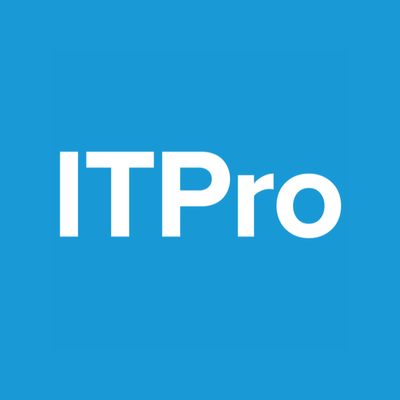2024 Cloud Computing Trends To Watch (Video)2024 Cloud Computing Trends To Watch (Video)
Omdia chief analyst Roy Illsley discusses five trends in cloud computing. Learn about their impact on businesses and technology.
January 31, 2024

In this video, Omdia chief analyst Roy Illsley outlines the key cloud computing trends to watch in 2024.
Illsley highlights five important developments that are shaping the industry:
The cloud is entering the late majority stage of technology adoption.
Digital sovereignty will receive more attention.
Cloud cost optimization will evolve.
Industry clouds are on the rise.
The use of the edge will grow.
Watch the video to learn how these trends will affect businesses and technology in the year ahead.
The following transcript has been lightly edited for length and clarity.
Transcript:
Roy Illsley: In this video, what I'm going to talk to you about is our trends to watch for 2024. This is in the cloud computing space. I've picked out five trends that you're going to notice throughout 2024 becoming more relevant and more noticeable in the cloud space.
#1. The cloud is entering the late majority stage of technology adoption.
The first one is just an observation that the cloud is now entering the late majority stage of technology adoption. According to Omdia’s research, about 50% of workloads are running in some form of cloud. That figure goes even higher if you are more specific on what you include in the cloud – so, software as a service (SaaS), platform as a service (PaaS), infrastructure as a service (IaaS), and hybrid cloud. The figure can be as high as 70%.
But generally, we're seeing about 50% is where it's been. It had a big spike during COVID-19, then it dropped back a little bit, but it's continuing to grow.
The legacy on-premises is pretty static at about 19% to 20%. So, the legacy workloads aren't moving anywhere. The older on-premises workloads are beginning to move, and they're mainly moving into SaaS, but there is still movement into IaaS and PaaS.
#2. Digital sovereignty will receive more attention.
The second trend you're going to see is the rise of digital sovereignty. This year, we've seen AWS and Oracle both announce E.U. sovereign cloud offerings, as well as a plethora of other offerings.
Now, a sovereign cloud isn't a single thing. Sovereignty is not just, ‘The data's in my country.’ That's Level 1, according to the Omdia model. You can have Level 2, which is, ‘The data is in my country, and it's going to be processed in my country.’ And then you can get to Level 3, which is the jurisdictional control: ‘The data in my country, is being processed in my country, and is being processed following the jurisdictional rules and regulations of my country, by citizens of my country.’ Then, Level 4 is the resiliency: ‘I'm doing that now, but what happens if I have a disaster? Have I got the same capability to do it somewhere else within the country?’ Then you start moving into the cloud as critical infrastructure, which is more government rather than enterprises.
That's a topic we think is going to account for 10% to 15% potentially the cloud market. And it's not just the E.U., but it is growing all over the world with a plethora of different data privacy regulations coming out in different countries. So, keep an eye out for that one.
As an aside, keep an eye out for AI sovereignty, as well. When AI starts to be developed in earnest, you may well find that countries legislate that some of the more sensitive work is only done within the country.
#3. Cloud cost optimization will evolve.
The third trend is cost optimization. Now, the whole benefit of cloud was portrayed as you're not sinking capital expense, you're not doing the heavy lifting, and somebody else is doing that for you. But we've now got to the stage where organizations are maturing and they're thinking about using the cloud and they're looking at ways of how they can optimize the cloud more effectively and more efficiently. Depending on your particular drivers, that is either going to be on a risk base, a cost base, or an environmental base.
#4. Industry clouds are on the rise.
The fourth trend is the rise of what we call vertical clouds or industry clouds. Now, these aren't specific, dedicated clouds, apart from the U.S. government and a couple of other governments. These are more an ecosystem of partners, where solutions and partners can deliver capabilities to a vertical. So, you can find like-minded people and deliver things within the rules and regulations and using the language of your industry. Healthcare and telecom are classic examples.
#5. The use of the edge will grow.
Finally, the edge. Edge hasn't gone away. It's still there. And I think with Gen AI, you're going to see inferencing at the edge be more of a real thing. But the edge in its own use case is continuing to grow as the use cases become more prevalent and demonstrate greater value.
The challenge for the cloud is how they can incorporate the edge and how they can stretch to the edge. So, what we're seeing now is it's not an ‘edge to core’ type of discussion. It's a ‘core to edge’ type of discussion.
So, those are just a sample of my 2024 cloud trends to watch. You can get more on the Omdia website. You can always find me on LinkedIn. Thank you for listening. Have a good day.
Read more about:
ITPro TodayAbout the Author
You May Also Like









